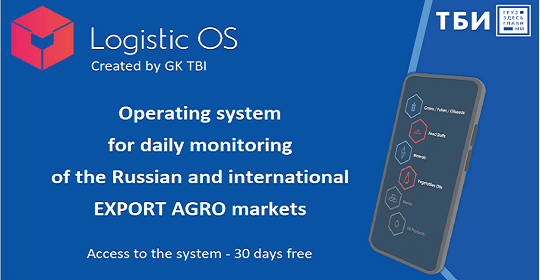World rice prices have plummeted after India lifted export restrictions.
Export restrictions on rice exports from India have been in place for a long time, since September 2022. At that time, the government imposed them in order to combat both food inflation and a possible rice shortage in India.
Initially, supplies of broken rice were banned, then a 20 percent export duty on white rice was added to this.
Later, in July 2023, India went even further down the path of bans. In particular, the export of white rice was completely banned, and a 20 percent export duty was introduced on parboiled rice. In addition, white rice could be exported at a price of at least $ 490 per ton.
It is noted that this was done due to the emergence of new problems for the rice production industry, which could reduce its yield. We are talking about weather conditions associated with El Nino, which caused a decrease in production in several Indian regions at once.
At the same time, despite all the difficulties, India is currently showing very good results in rice.
For example, last season, rice harvest was about 138 million tons, which is significantly higher than the previous one — 136 million tons.
Perhaps this was the reason why the Indian government began to worry less about food security and decided to cancel some of the measures aimed at achieving it.
Currently, the duty on parboiled rice has been completely canceled, as well as the minimum selling price for white rice. At the same time, the ban on the export of broken rice remains.
Experts note that such a decision by the Indian authorities has already caused noticeable price fluctuations on the world market.
At the moment, rice prices have fallen by more than 10%.
For example, last week, rice from Thailand was traded at $ 507 per ton, although in mid-October its cost was about $ 529 per ton. Indian rice has fallen in price from $490 to $450.
Experts add that the reason for the decline in rice prices is not only the lifting of restrictions by India, but also the fact that other countries are actively increasing supplies to the world market.
For example, this applies to countries such as Pakistan and Myanmar, where a new harvest was recently collected.
All this may mean that the downward price trend that has been established at present may continue in the future.
At the same time, in India itself, the lifting of export bans may seriously increase the load on the railway network, since up to 4 million tons of rice will need to be transported over the next few months.

